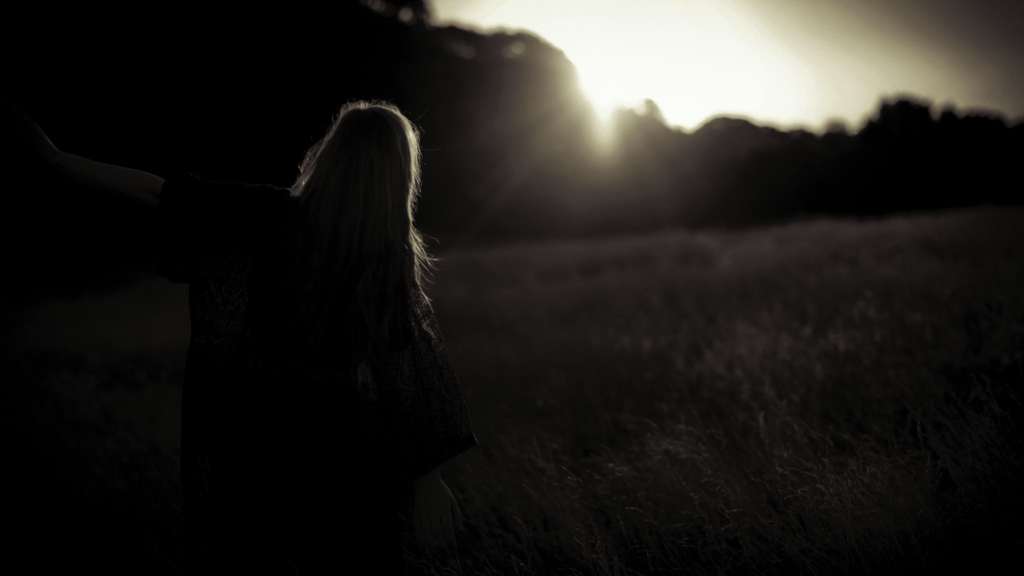“], “filter”: { “nextExceptions”: “img, blockquote, div”, “nextContainsExceptions”: “img, blockquote, a.btn, a.o-button”} }”>
Heading out the door? Read this article on the new Outside+ app available now on iOS devices for members!
>”,”name”:”in-content-cta”,”type”:”link”}}”>Download the app.
Chances are you started teaching yoga to help others. And along the way, you’ve spent hundreds of hours—and thousands of dollars—to complete trainings that help you learn how to do exactly that.
But what you might not have learned is that you’re not the focus of your yoga class. Your students are.
How to Teach Yoga: Are You Acting Like a Hero?
Contemporary posture-focused yoga culture—including some yoga teacher trainings—may have unintentionally contributed to the illusion that you are the focal point of the class.
I know this because I used to be this teacher. I wanted students to do things my way! I thought success was looking out and seeing everyone in “perfect” alignment because my carefully worded cues had landed so well. I had nightmares about students not following directions in class. (Actually, I still do.)
Because I let myself come first, I wound up creating an exclusionary classroom where learning wasn’t the priority. Instead, it corrupted my ability to achieve the very thing that made me want to teach yoga: helping students find connection, or union, with yoga and themselves.
Your job as a yoga teacher is not to be the hero. It’s to be the guide. But it can be easy to succumb to the thinking that you need to act in ways that support that main character role, even if they don’t contribute to your students’ understanding of yoga. These include:
The Problem: Seeing Yourself as a Hero
Yoga teaches us that there are five kleshas, or causes of suffering: avidya (ignorance), asmita (ego), raga (attachment), dvesha (aversion), and abhinivesha (fear of loss). These are obstacles to clarity and connection that distort our perception of ourselves and others.
The root of all of the kleshas is avidya, also known as wrong seeing. When our perception is clouded, everything we do emanates from a place of confusion, and our actions move us further toward disconnection rather than union.
The other kleshas can also come into play when you teach yoga. If you’ve ever struggled with an attachment to ego (asmita), craving material success (raga), fearing failure as a teacher (dvesha), or worry about your legacy (abhinivesha), you’ve suffered from the effects of wrongly seeing your position relative to your students.
When you see your role as a yoga teacher clearly, you understand your scope of practice and can better share the practice of yoga. You can also avoid suffering—both your own and that of students—because you know exactly what your role is.
The Solution: Seeing Yourself as a Guide
Every single student in your class comes in with main character energy. Your role is to support each of them to the best of your ability in their hero’s journey. It’s not to steal the spotlight.
When you clearly see your role, you support your students’ agency. That means allowing your students to take control of their own practice by providing them with the tools and space to make choices about what feels right for their bodies, rather than directing them toward a specific outcome. This is how you begin to make your yoga classroom inclusive and accessible.
When you respect your students’ main character energy, you:
Encourage each student to find their own best expression of each pose
Do not impose your own will and biases on your students’ experience in class
Allow your students to learn by doing and not simply by mimicking
The minute you stop thinking your yoga class is about you, everything changes—for your students and your career. Teaching becomes easier for you and more meaningful for them. As a result, your students will develop their own relationship with yoga faster. They will more quickly achieve the connection, calm, balance, recovery, or whatever they came to class to find. In fact, students are more likely to return to your class when it is a space where they feel seen, centered, and included—where they feel like heroes.
Your marketing will also become simpler when you understand how to teach yoga. You aren’t commodifying yoga or pitching yourself with a hard sell. You’re helping guide heroes on their journeys. (For more on the hero and the guide as relates to marketing, read Building a StoryBrand by Donald Miller.)
Somewhere along the way, my own yoga practice kicked in and offered me clarity so I could understand I was seeing things wrong. It was not my job to make my students do anything at all. It was my job to throw out some suggestions, remind them that they are the boss—not me—and then let things be, without needing to change anything.
That’s how I recently found myself leading a 60-minute yin class where one student never moved from the first shape, a supported backbend with lots of props. This would have completely flummoxed the old me.
But understanding my role as guide, I knew what to do: check in with her. Was she breathing? Beyond that, I recognized and celebrated that she was following her practice where it took her. And I trusted that she, not me, knew exactly what she needed from her yoga.
Now when I look out and see everyone in the room doing something different, I know that is success. It means each student is leaning into their own main character energy. Each student is following each pose where it leads their body.
It takes effort to let go of your need for control—your desire to be the hero—and to acknowledge your students’ agency as you’re learning how to teach yoga. But when you make that change in perspective, you’ll spend a lot less time, effort, and struggle trying to position yourself as a hero. That was never your job in the first place.
RELATED: 10 Yoga Teacher Cheat Codes (That No One Tells You About in YTT)







